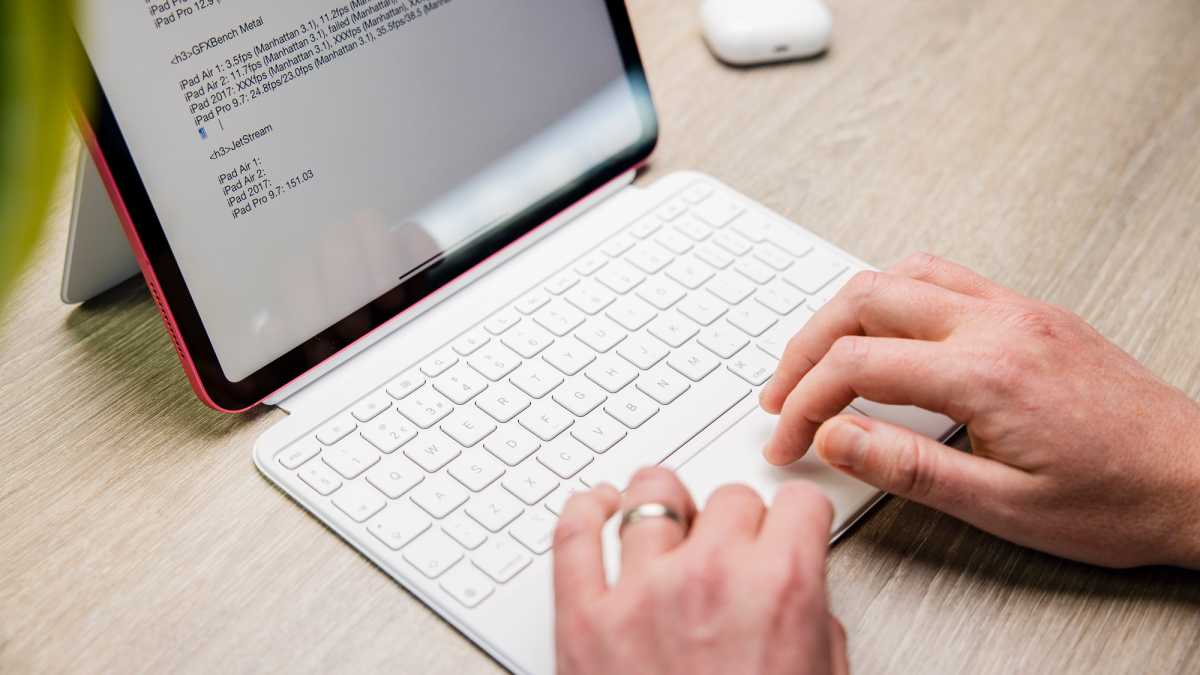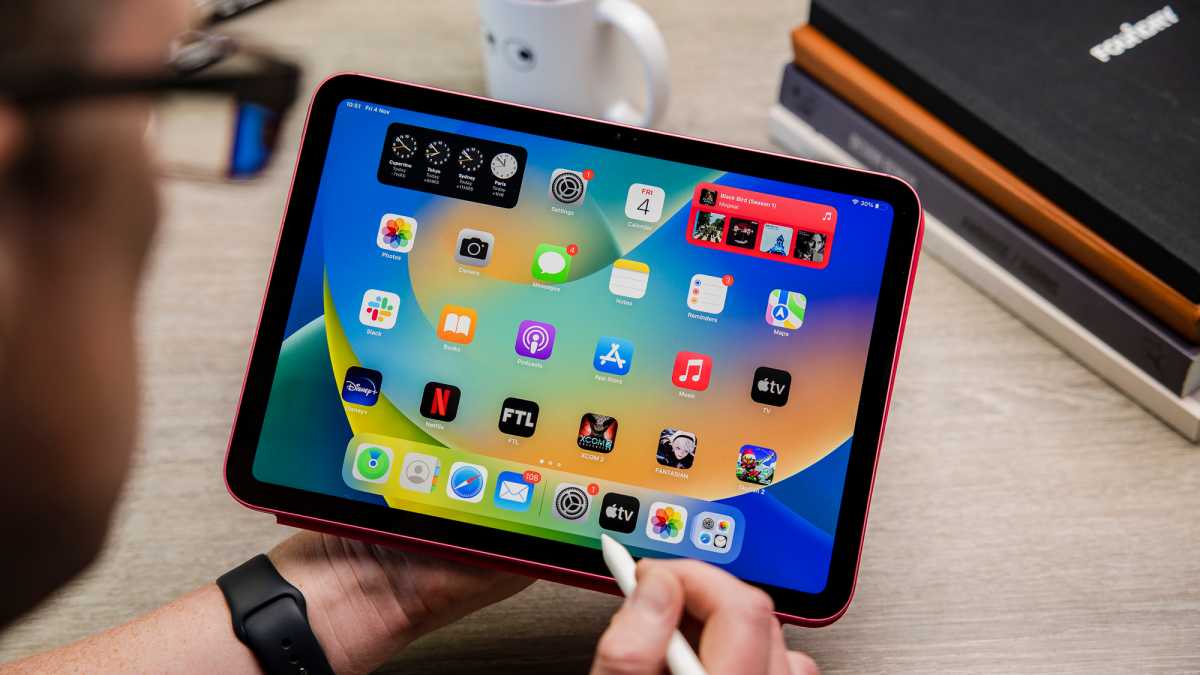Apple has released no fewer than 10 models of its regular iPad since the tablet’s initial launch in 2010. While the mini, Air and Pro models tend to get the most attention, Apple’s standard model appears to remain strong as the most entry-level option in the iPad range.
Apple seems to think so too, which is why it has recently updated its basic iPad, equipping it with the A16 Bionic chip for improved performance and efficiency. But does the new generation introduce any other changes?
Here’s everything new about the new entry-level iPad.
When was the new iPad (11th-gen) released?
Apple unveiled the updated entry-level iPad (and the new M3 iPad Air) on 4 March 2025. After a week-long pre-order period, it officially hit shop shelves on 12 March 2025.
You can buy it directly from Apple UK or Apple US, as well as from third-party sellers, including Amazon, Currys, Argos and John Lewis in the UK or Walmart and Best Buy in the US.
How much does the new iPad (11th-gen) cost?
The new iPad starts at £329/$349 for the Wi-Fi model and £479/$499 for the Wi-Fi + Cellular version. Education savings offer further discounts, bringing the base model down to £309/$329.
Storage options have also been improved, with the starting configuration now offering 128GB, alongside 256GB and 512GB variants.
Here’s how previous generations of entry-level iPads were priced at their initial launch:
What specs and features does the new iPad (11th-gen) have?
This year’s version of the new iPad doesn’t bring much that’s new when compared to its predecessor, but the performance improvements may find fans – especially given the lower price.
Design
The entry-level iPad retains its familiar design, featuring a 10.9-inch display with a slim bezel, flat edges, and a Touch ID button integrated into the top power button. It’s available in blue, pink, yellow, and silver.
Display
The display remains a Liquid Retina panel, offering good brightness and colour accuracy.
Dominik Tomaszewski / Foundry
While it lacks the higher refresh rates and advanced HDR capabilities of the iPad Pro, it still provides a solid visual experience for streaming, browsing, and basic creative work.
Performance
The biggest change in this update is the transition to the A16 Bionic chip. Apple claims that compared to the previous A14-powered model, the A16 brings up to 30% faster performance, improving app responsiveness and multitasking.
Everyday tasks like web browsing, document editing, and media consumption should feel smoother, and the A16 also helps boost gaming performance.
Cameras
The new iPad continues to feature a 12Mp front-facing camera with an ultrawide lens, ensuring clear video calls. The rear camera also remains a 12Mp shooter capable of capturing high-quality photos and 4K video.

Dominik Tomaszewski / Foundry
While not a major focus for the entry-level iPad, these cameras are suitable for casual photography and scanning documents.
Battery & Charging
Battery life is similar to the previous model, offering around 10 hours of usage on a single charge.
The device charges via USB-C, making it compatible with a wide range of accessories, but it still doesn’t support MagSafe.
Software
The iPad runs iPadOS 18, bringing software enhancements such as improved multitasking, an updated Notes app with handwriting recognition, and new AI-powered tools.
While Apple Intelligence features are exclusive to M-series iPads, the A16 chip still supports some of the latest advancements in iPadOS.

Dominik Tomaszewski / Foundry
We’ll link to our review once we get our hands on the new model. In the meantime, you can check out our guides to the best iPads and best tablets in general.
Read the full article here












